Urban Carbon Emission Control and Economic Security Evaluation Based on BP Artificial Neural Network
DOI: 10.23977/infse.2025.060220 | Downloads: 3 | Views: 98
Author(s)
Wanjun Xie 1, Junhui Zhou 2
Affiliation(s)
1 College of Architectural Engineering, Science and Technology College of Hubei University of Arts and Science, Xiangyang, 441025, Hubei, China
2 Haibo Heavy Engineering Science and Technology Company Limited , Wuhan, 430000, Hubei, China
Corresponding Author
Junhui ZhouABSTRACT
Global warming is a critical environmental challenge threatening human survival and China's sustainable economic development. The scientific consensus attributes it partly to rising carbon emissions from human activities, a problem exacerbated by its own consequences. The Kyoto Protocol established a global emissions reduction framework, and many industrialized nations have taken action. As a major emitter, China faces growing international pressure to cut emissions, making urban carbon control a key research focus—though it is more accurately a topic in environmental and policy studies, not the medical community. This paper conducts experiments on urban carbon emissions and economic security using a BP artificial neural network. Results show that after optimization, the pressure system's carbon emission economic security index steadily declined from 0.667 in 2013 to 0.204 in 2024, offering a clear direction for improving urban carbon emission management and economic security.
KEYWORDS
Neural Network; Urban Carbon Emissions; Carbon Emission Control; Economic SecurityCITE THIS PAPER
Wanjun Xie, Junhui Zhou, Urban Carbon Emission Control and Economic Security Evaluation Based on BP Artificial Neural Network. Information Systems and Economics (2025) Vol. 6: 158-168. DOI: http://dx.doi.org/10.23977/infse.2025.060220.
REFERENCES
[1] Amen M A. The assessment of cities physical complexity through urban energy consumption[J]. Civil Engineering and Architecture, 2021, 9(7): 2517-2527.
[2] Huang X, Zhu R, Wu X, Ge P. Assessing the role and driving mechanisms of the green financial reform on urban energy consumption and pollution emissions: a policy evaluation from the generalized synthetic control method[J]. Environmental Science and Pollution Research, 2023, 30(56): 119095-119116.
[3] Wiedmann T, Chen G, Owen A, Lenzen M, Doust M, Barrett J, et al. Three‐scope carbon emission inventories of global cities[J]. Journal of Industrial Ecology, 2021, 25(3): 735-750.
[4] Miller G J, Novan K, Jenn A. Hourly accounting of carbon emissions from electricity consumption[J]. Environmental Research Letters, 2022, 17(4): 044073.
[5] Shan Y, Fang S, Cai B. Chinese cities exhibit varying degrees of decoupling of economic growth and CO2 emissions between 2005 and 2015[J]. One Earth, 2021, 4(1): 124-134.
[6] Zhong R, He Q, Qi Y. Digital economy, agricultural technological progress, and agricultural carbon intensity: Evidence from China[J]. International Journal of Environmental Research and Public Health, 2022, 19(11): 6488.
[7] Zhang S, Huo Z, Zhai C. Building carbon emission scenario prediction using STIRPAT and GA-BP neural network model[J]. Sustainability, 2022, 14(15): 9369.
[8] Feng W, Chen T, Li L. Application of Neural Networks on Carbon Emission Prediction: A Systematic Review and Comparison[J]. Energies, 2024, 17(7): 1628.
[9] Wu S, Zeng X, Li C, Cang H, Tan Q, Xu D, et al. CO2 emission forecasting based on nonlinear grey Bernoulli and BP neural network combined model[J]. Soft Computing, 2023, 27(21): 15509-15521.
[10] Li Y, Huang S, Miao L. Simulation analysis of carbon peak path in China from a multi-scenario perspective: evidence from random forest and back propagation neural network models[J]. Environmental Science and Pollution Research, 2023, 30(16): 46711-46726.
[11] Sun W, Ren C. Short-term prediction of carbon emissions based on the EEMD-PSOBP model[J]. Environmental Science and Pollution Research, 2021, 28(40): 56580-56594.
[12] Feng W, Chen T, Li L, Zhang L, Deng B, Liu W, et al. Application of Neural Networks on Carbon Emission Prediction: A Systematic Review and Comparison[J]. Energies, 2024, 17(7): 1628.
[13] Luo J, Zhuo W, Xu B. A deep neural network-based assistive decision method for financial risk prediction in carbon trading market[J]. Journal of Circuits, Systems and Computers, 2024, 33(08): 2450153.
[14] Tang J, Gong R, Wang H, Liu Y. Scenario analysis of transportation carbon emissions in China based on machine learning and deep neural network models[J]. Environmental Research Letters, 2023, 18(6): 064018.
[15] Meng F, Dou R. Prophet-LSTM-BP ensemble carbon trading price prediction model[J]. Computational Economics, 2024, 63(5): 1805-1825.
| Downloads: | 20647 |
|---|---|
| Visits: | 538534 |
Sponsors, Associates, and Links
-
Accounting, Auditing and Finance
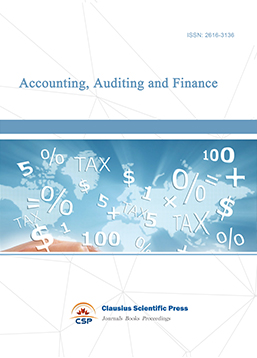
-
Industrial Engineering and Innovation Management
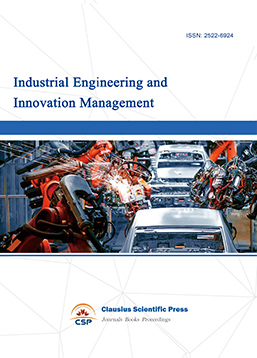
-
Tourism Management and Technology Economy
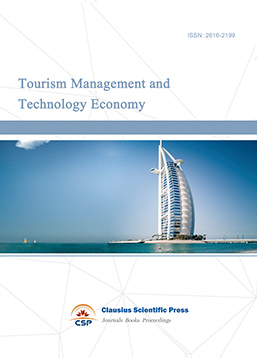
-
Journal of Computational and Financial Econometrics

-
Financial Engineering and Risk Management

-
Accounting and Corporate Management
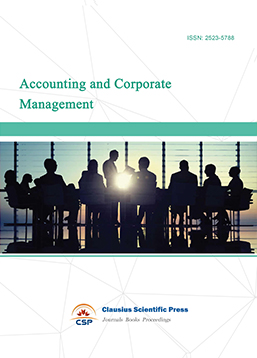
-
Social Security and Administration Management

-
Population, Resources & Environmental Economics

-
Statistics & Quantitative Economics

-
Agricultural & Forestry Economics and Management

-
Social Medicine and Health Management

-
Land Resource Management

-
Information, Library and Archival Science
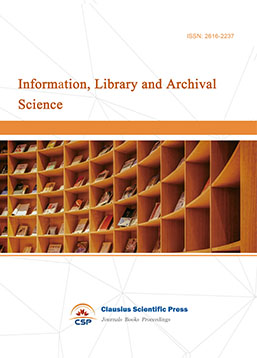
-
Journal of Human Resource Development
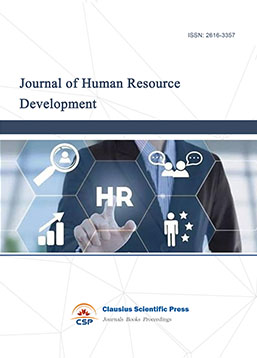
-
Manufacturing and Service Operations Management

-
Operational Research and Cybernetics
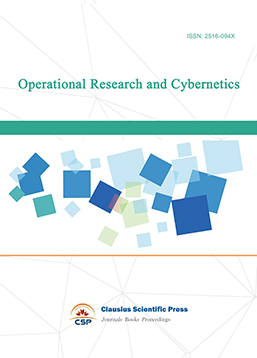

 Download as PDF
Download as PDF